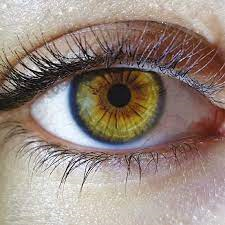
Hijab history
"Hijab" in the word means curtain, and anything that is a barrier and distance between two or more other things.
Of course, as commentators and researchers have said; the word hijab, which means women's covering, is a term that is mostly found in our era and is a new term.
What has been used in the past, especially in the terminology of jurists, is the word "seter" which means covering. What is used from history in this issue is that hijab, meaning the covering of women, existed in the world and in different religions in different forms before Islam, and Islam only legalized it.
Women's clothing during the time of the Prophet of Islam (PBUH) was the common and customary clothing of that time; That is, women covered their bodies. And there was a scarf on their heads, but some of their ears, necks, and a part of their chests were visible, and the verse was revealed and advised women to wear a hijab so that their adornments are not visible.
Hijab has many advantages, including that it helps the mental health of the community, strengthens the relationships of family members and establishes more intimacy between men and women, women are exposed to less harassment from corruptors and...
Of course, in addition to the hijab, the Holy Qur'an advises both men and women to be careful about their glance and, on this basis, to maintain their chastity and faith, even in societies where the hijab is not observed.
Tell the faithful men to cast down their looks and to guard their private parts. That is more decent for them. Allah is indeed well aware of what they do.[1]
An in another verse it mentioned:
And tell the faithful women to cast down their looks and to guard their private parts.[2]

references:
[1]- Surah Noor: 30/ قُلْ لِلْمُؤْمِنِينَ يَغُضُّوا مِنْ أَبْصَارِهِمْ وَيَحْفَظُوا فُرُوجَهُمْ ۚ ذَٰلِكَ أَزْكَىٰ لَهُمْ ۗ إِنَّ اللَّهَ خَبِيرٌ بِمَا يَصْنَعُونَ
[2] - Surah Noor:31/ وَقُلْ لِلْمُؤْمِنَاتِ يَغْضُضْنَ مِنْ أَبْصَارِهِنَّ وَيَحْفَظْنَ فُرُوجَهُنَّ



